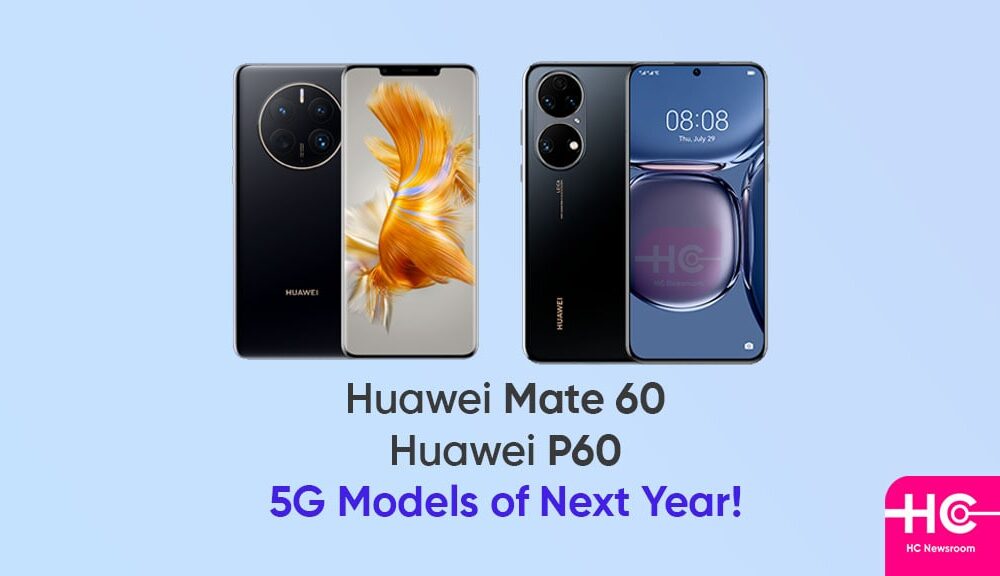Chinese chip stocks experienced a rally on Wednesday following the launch of Huawei Technologies' new Mate 60 Pro phone. Investors speculated that the phone may be equipped with a 5G capable chip, which would be a significant win for China's local semiconductor sector. Since 2019, Huawei has faced restrictions imposed by Washington, prohibiting the company from purchasing advanced chips and software from US companies. Consequently, Huawei's consumer electronics business has been severely impacted, and the company could only release limited batches of 5G models using stockpiled chips.

Reuters reported last month that research firms believed Huawei was planning to reenter the 5G smartphone industry by procuring chips domestically, leveraging its own advancements in semiconductor design tools in collaboration with Semiconductor Manufacturing International Co (SMIC). However, Huawei declined to comment on these claims at the time.
On Tuesday, Huawei quietly launched the Mate 60 Pro, without any advance notice or advertising. It was sold for 6,999 yuan ($960), and both Huawei employees and sales personnel at stores in Beijing and Shenzhen expressed surprise at the low-key launch.
Although the specifications provided for the Mate 60 Pro highlighted its ability to make satellite calls, they did not disclose information about the chipset's power. Nonetheless, some online users who purchased the phone shared videos conducting tests claiming that it matched the network speeds of 5G chipset phones. These users also shared screenshots indicating that the phone used a Kirin 9000s chip. Reuters, however, was unable to verify these claims.
The launch of the Mate 60 Pro became the most searched subject on Weibo, China's popular social media platform, with netizens expressing excitement and viewing it as a triumph over US restrictions. The high demand for the phone was evident, with Huawei's website announcing that buyers could only expect to receive their phones as early as September 17.
When asked about the phone's 5G capabilities, Huawei declined to comment directly but stated that the Mate 60 series is its most powerful Mate model to date. Notably, this launch occurred during US Commerce Secretary Gina Raimondo's visit to China, and she confirmed that the US had rejected a Chinese request to reduce export controls on technology.
Following the launch, China's semiconductor sector experienced a more than 2.5% jump, resulting in weekly gains of around 8%. Semiconductor Manufacturing International Corp, in particular, saw a rise of approximately 10% for the week. Retail investor Lu Deyong expressed buying shares in semiconductor firm Sai MicroElectronics Inc, which has business connections with Huawei, as well as investing in the tech-focused STAR 50 Index following the phone's launch.
Nicole Peng, Senior VP of Mobility at Canalys, emphasized the importance of Huawei clarifying its technology, given the significant market interest. If Huawei genuinely developed its own 5G system-on-chip (SoC) that surpasses the industry's current development timeline, it would signify a substantial leap in the company's research and development capabilities. This would greatly disrupt the semiconductor industry, particularly its competitors. However, if Huawei fails to provide clarity regarding the 5G SoC and the product launch, it could harm the company's credibility in the long run and turn unfavorable if the claims prove to be false.







